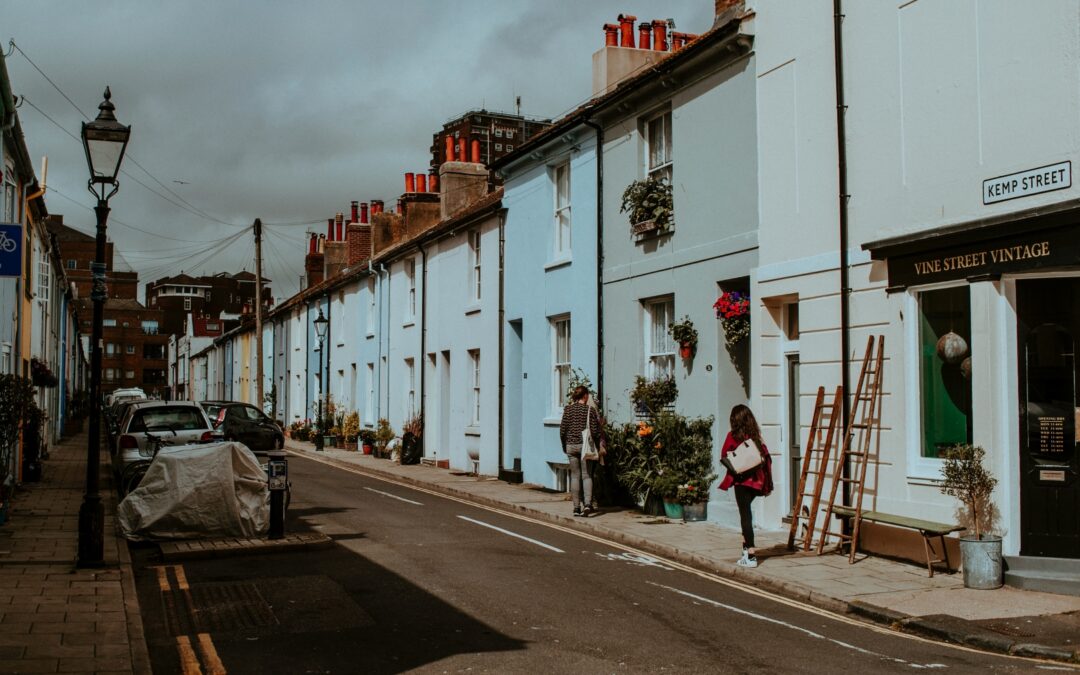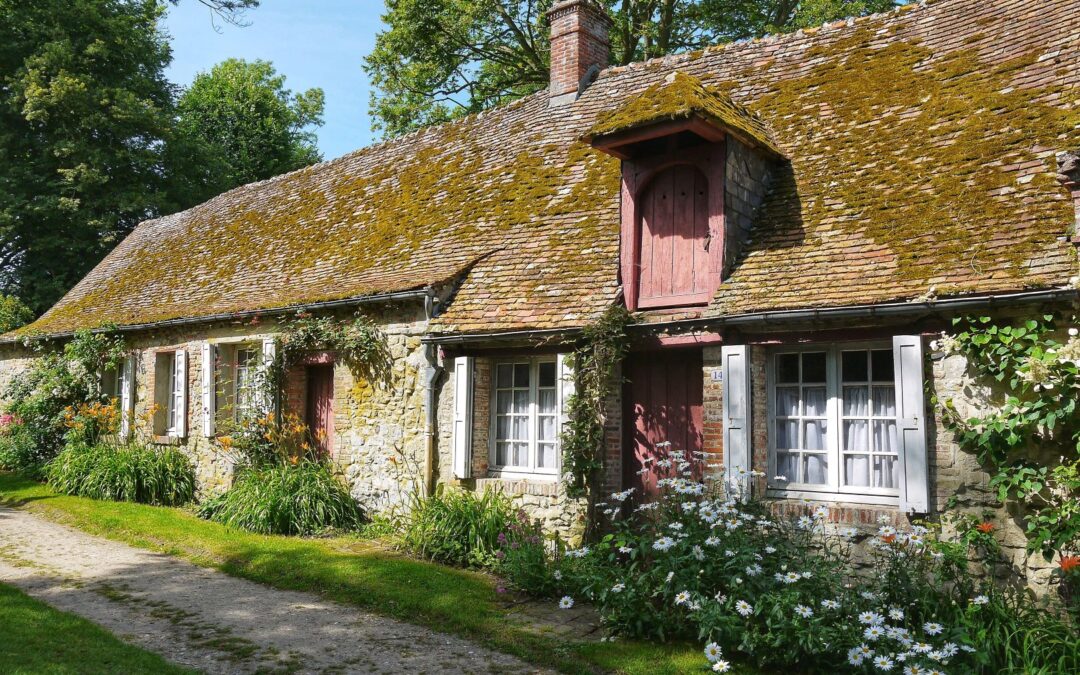According to the Cambridge Dictionary, gentrification is ‘the process by which a place, especially part of a city, changes from being a poor area to a richer one, where people from a higher social class live’.
The area usually sees an increase in property prices which in turn defines who can afford, and is attracted, to live there.
There is much debate surrounding the controversial subject of gentrification and whether the positive outcomes can outweigh the negatives or not. Some campaign against it, while others see the benefits.
Gentrification can be seen to bring positive outcomes such as higher incomes, lower crime levels and better schools. It can also be seen negatively, as it allegedly pushes the poor out of their homes while marginalising minority groups economically and socially.
“It’s not about cupcakes and cereal cafes, it’s about people being literally ripped out of their homes and their communities,” according to LSE sociologist, Lisa Mckenzie.
Joe Beswick, the New Economics Foundation’s housing expert, says, “Gentrification is a structural issue. It’s the product of a broken housing system, not individual middle-class people doing something wrong.”
Louiza Rabouhi is a freelance designer who was once strongly anti-gentrification and campaigned against it in Brixton before moving to Lancaster and now views gentrification as a ‘part of development’. “It’s not as bad as people make out, because when you see the forgotten cities of the north, like ours, you start to realise it has benefits,” she said.
“Lots of our independent shops on the high street are closing and it’s not because chains are moving in. I wonder whether having the bigger chains might help, because they attract people into the smaller independent places.”
GoCompare ranked the UK’s cities by criteria such as property price rises, council investment and salary increases in order to identify which cities have seen the most gentrification.
Top 10 Cities:
1. Cambridge
2. Aberdeen
3. London
4. Reading
5. Portsmouth
6. Brighton
7. Oxford
8. Manchester
9. Preston
10. Bristol
Five tell tale signs of gentrification:
1. Often a higher number of skips in the area are a way of recognising the rising price-growth potential. Supposedly this displays that the owners have a lot of disposable cash to do up their homes with and perhaps then sell on.
2. Early entrants such as coffee shops and bakeries start to pop up, while the low-end independent businesses are pushed out by rent prices etc
3. Tesco Express, Sainsbury’s Local, Pret, Costa and other such retailers move in.
4. The number of businesses in the area increase.
5. It is said that the rise in number of people walking their dogs, jogging, riding bikes and the prominence of hipsters in that area are also indicators. According to the branch manager at Greene & Co estate agency in Kensal Rise, “the arrival of the hipster crowd has, over the past few years, been an accurate indicator of an area about to outperform.”






